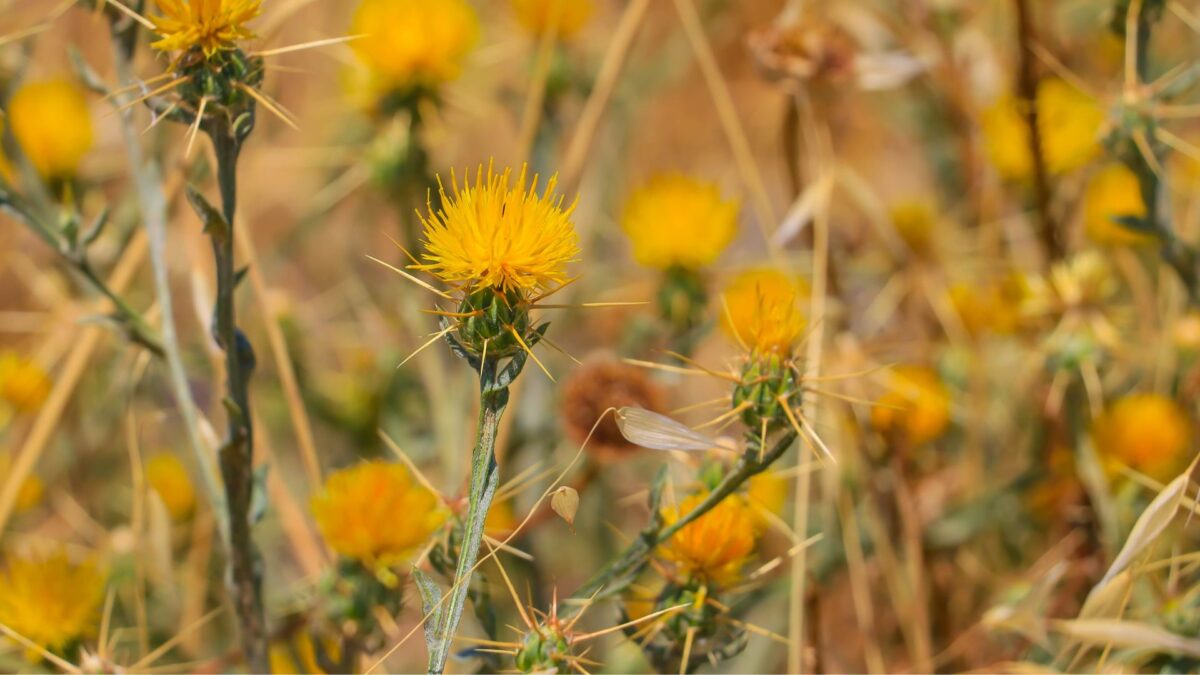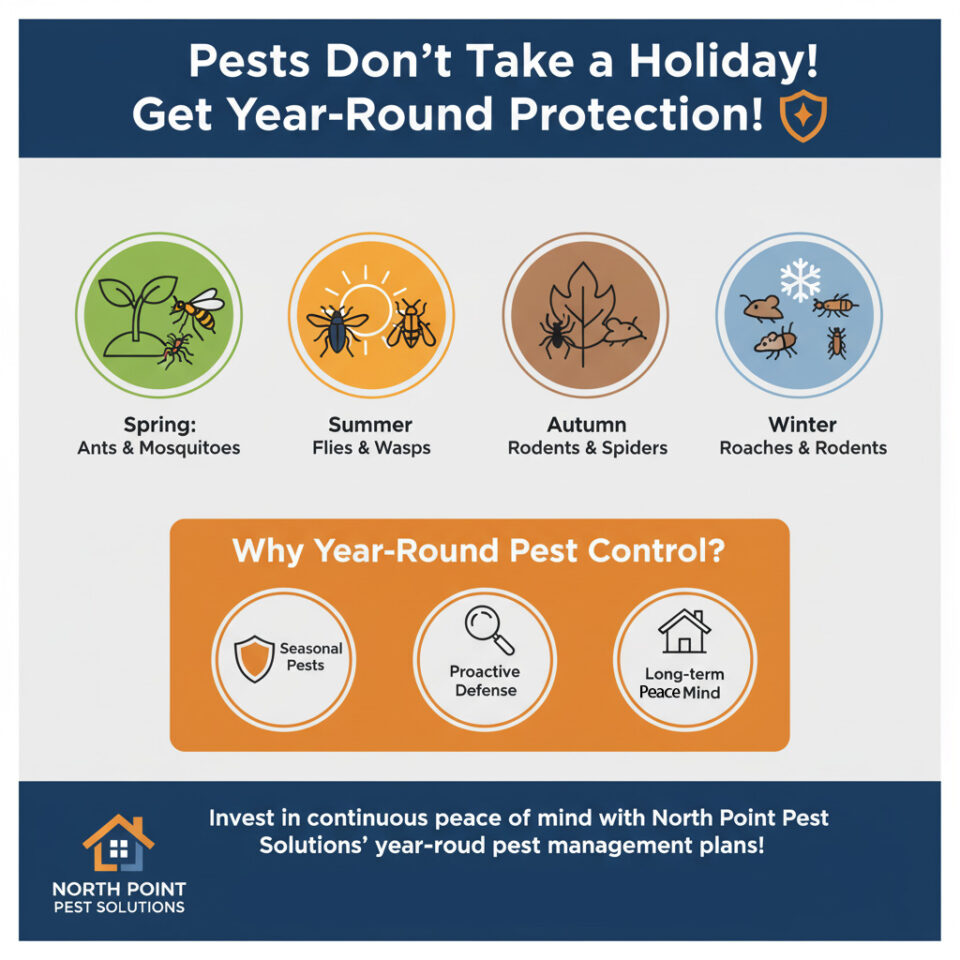California, with its diverse ecosystems and Mediterranean climate, is a gardener’s paradise. But this very richness makes it a prime target for unwanted guests: invasive plant species. These aggressive newcomers can outcompete native and cultivated plants, disrupt natural habitats, and even pose fire risks. As responsible gardeners, it’s crucial we understand the threat and take proactive steps to protect our little corners of California beauty.
So, how do you become a vigilant guardian of your garden and the surrounding environment? Let’s dig in!
Understanding the Enemy: What Makes a Plant Invasive?
An invasive plant is a non-native species that spreads rapidly and aggressively, causing harm to the environment, economy, or human health. In California, these invaders often thrive because they lack their natural predators and diseases, giving them a significant advantage over native flora. They can:
- Outcompete native plants: Stealing sunlight, water, and nutrients, ultimately reducing biodiversity.
- Alter soil composition: Changing pH levels and nutrient cycles.
- Increase fire risk: Some invasive grasses create dense, dry fuel loads.
- Reduce habitat for wildlife: Native animals often aren’t adapted to utilize invasive plants for food or shelter.
- Impact agriculture and waterways: Some invasives can become agricultural pests or clog waterways.
Know Your Local Intruders: Common Invasive Plants in California
Familiarizing yourself with common invasive plants in your region is the first line of defense. Some notorious culprits in California include:
- Yellow starthistle (Centaurea solstitialis): A widespread weed that forms dense thickets, hindering native plant growth and posing a hazard to livestock.
- French broom (Genista monspessulana) and Scotch broom (Cytisus scoparius): Aggressive shrubs that outcompete native vegetation and increase fire risk.
- Iceplant (Carpobrotus edulis and Carpobrotus chilensis): While sometimes used for erosion control, it forms dense mats that suppress native coastal vegetation.
- Periwinkle (Vinca major): A popular groundcover that can escape gardens and smother native understory plants in riparian areas and woodlands.
- Arundo donax (Giant reed): A tall, bamboo-like grass that rapidly invades riparian areas, displacing native vegetation and altering water flow.
Your local county agricultural commissioner or native plant society are excellent resources for identifying invasive plants specific to your area. Many have online guides and host workshops.
Becoming a Garden Defender: Practical Steps to Prevention and Removal
Protecting your garden and the wider environment requires a multi-pronged approach:
1. Choose Native and Non-Invasive Plants:
- Do your research: Before buying any new plant, confirm it’s not considered invasive in California. Resources like Cal-IPC (California Invasive Plant Council) provide comprehensive lists.
- Embrace native plants: Native plants are adapted to California’s climate and soil conditions, require less water and maintenance, and provide vital habitat for local wildlife.
- Support responsible nurseries: Choose nurseries that are knowledgeable about invasive species and prioritize selling non-invasive options.
2. Practice Early Detection and Rapid Response:
- Regularly inspect your garden: Keep an eye out for any unfamiliar plants that are growing vigorously or spreading quickly.
- Identify unknown plants: Utilize plant identification apps, field guides, or consult with local experts if you’re unsure about a plant.
- Act fast: If you suspect you have an invasive plant, remove it immediately before it has a chance to establish and spread seeds.
3. Employ Effective Removal Techniques:
- Manual removal: For small infestations, hand-pulling or digging up the entire plant, including the roots, is often effective. Be diligent and remove all plant parts to prevent regrowth.
- Proper disposal: Do not compost invasive plant material, especially seeds or reproductive parts. Bag it securely and dispose of it in your green waste bin according to local regulations, or consider drying and then discarding in the trash.
- Consider professional help: For large or well-established infestations, it might be necessary to seek assistance from professional land management or ecological restoration services.
4. Prevent Spread:
- Clean your tools: Regularly clean your gardening tools (shovels, pruners, etc.) to avoid accidentally transporting seeds or plant fragments to other areas of your garden or beyond.
- Be mindful of imported materials: Inspect any imported soil, mulch, or compost for signs of invasive plant material.
- Educate others: Talk to your neighbors and fellow gardeners about the importance of preventing the spread of invasive plants.
Protecting California’s natural beauty is a shared responsibility. By being informed, making conscious planting choices, and actively managing our gardens, we can all play a vital role in preventing the spread of invasive plant species and preserving the unique ecosystems that make California so special. Let’s work together to ensure our gardens are havens for desirable plants, not launching pads for unwanted invaders. Happy gardening!






